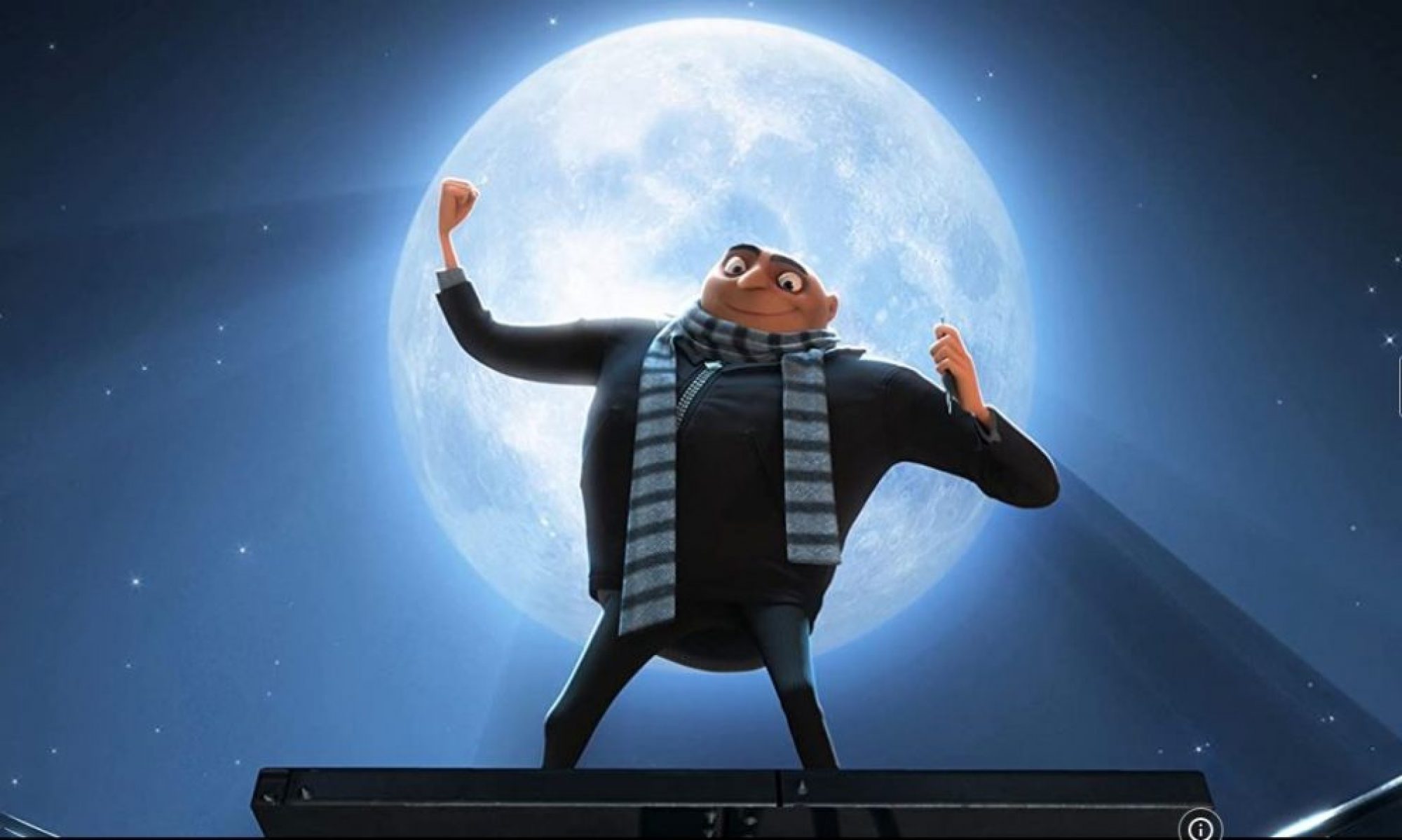On week 2 we had to make an animation with a tailed character, in order to use the overlaping principle, in this case the tail will follow the ball that it is attached to. Using the ultimate tailed model and some cubes for it to jump to.
It is pretty exciting to be making so much (notably) important exercises to make me a better animator, as I want to persue the movie industry this will clearly teach me how to give life to characters and its assets.
As I’d never done it, I searched the web for references in how the tail would move and behaved along with the character and I followed the example from class and created a few cubes elevating in space for the character to jump to. I used the beaver model.


This time I decided to apply the principle of squash and stretch, so thats what I did first, the bouncing ball exercise with squash and stretch and then I began experimenting movements and ways to make the tail movement look real, at first it was all looking very bad, but as I was making another and another step I would go back and change what didn’t look so good in the step before.
Animals with tail use it for balance, so I tried to produce that given balance in the animation. So, when the beaver squashed the tail would go down and has it stretched it would go up or down according if it was falling or jumping, when it was in the highest point of the jump the tail would be in some sort of in-between movement. The tail must follow the trail from the head, like a lighter limb attached to the body.
After this playbast I thought it was too fast, so I jumped to discord to ask if anyone new how to add one more keyframes to the animation all together without using the region tool in graph editor (because I would get keyframes in half frames), and I discovered a new way to do it, but it would get too slow if I added one more frame to every keyframe.
I stretched it and sort of liked it but it was looking weird after I watched the playblast several times so I let that idea go, and stuck to what I had.
Finally…
